With regard to a car, a jerk is a short-term spontaneous change in the engine speed, regardless of the position of the gas pedal. In daily operation, as a rule, there are a series of jerks. The limiting case of a jerk - dip represents a perceptible delay in the engine's response to pressing the accelerator pedal. Conventionally, three types of jerks can be distinguished: - at the moment of the beginning of the movement; - during acceleration; - with steady motion, i.e. at a constant position of the gas pedal. To determine the causes of jerks when driving a car with an injection engine, special diagnostic equipment is required, so we recommend contacting a service that specializes in repairing fuel injection systems. However, as practice shows, in most cases, jerking is caused by insufficient fuel pressure in the fuel rail or a malfunctioning throttle position sensor. With some skills, the cause of jerks can be identified independently.
At the moment of the beginning of the movement, there is more often an extreme case of a jerk - a failure. The most unpleasant sensations are associated precisely with the delay in the response of the engine to pressing the gas pedal. Sometimes the engine even stalls. A jerk occurs at the moment the throttle valve opens, when, according to the signal from the throttle position sensor, the electronic control unit (ECU) determines the moment of transition from idle to load mode and must increase the amount of fuel supplied through the nozzles. With insufficient pressure in the fuel rail, even with an increase in the duration of injection, there is not enough fuel for a smooth start.
Source: http://toyotauto.net/corolla/ryvok-v-moment-nachala-dvizheniya.html
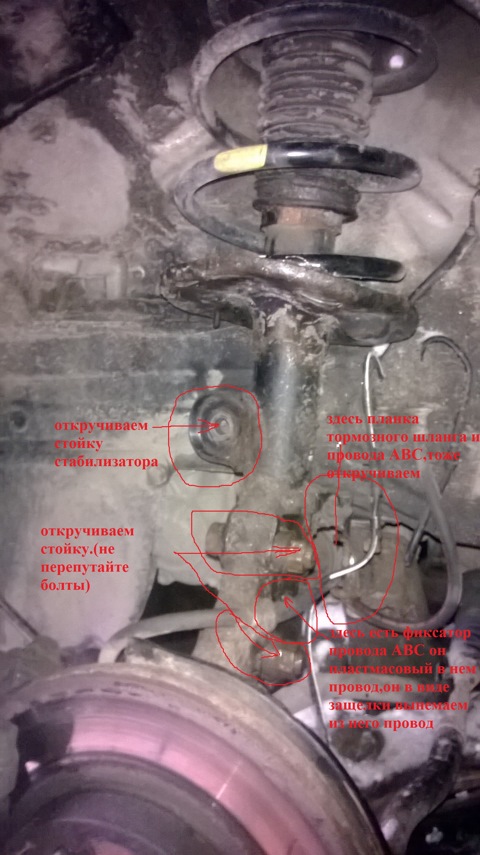
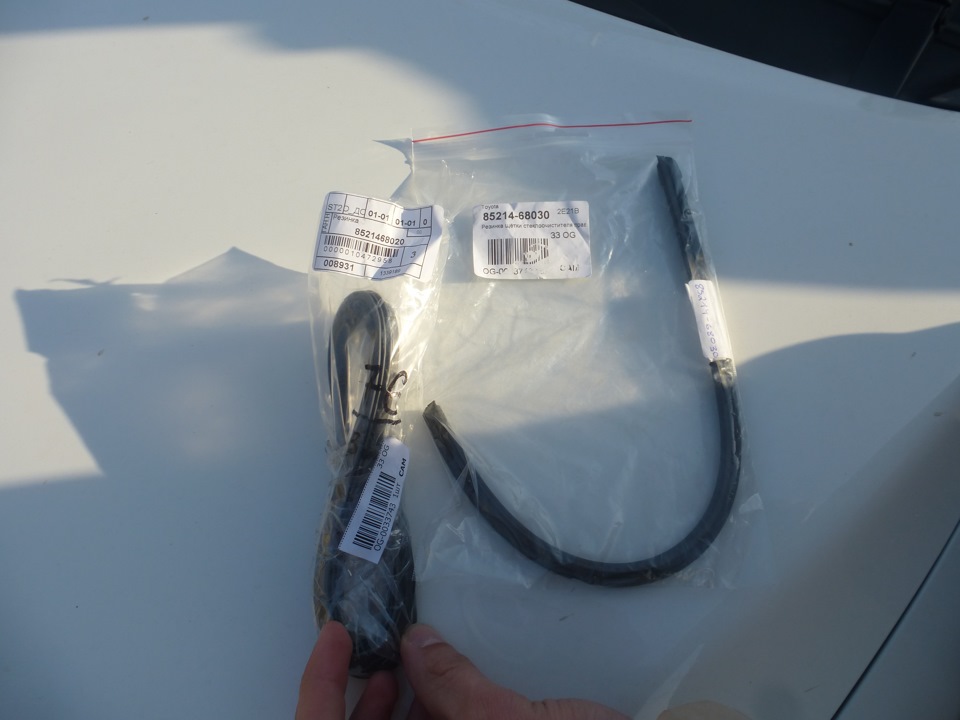
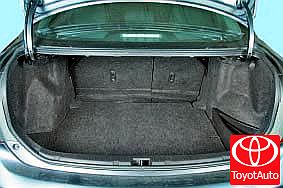
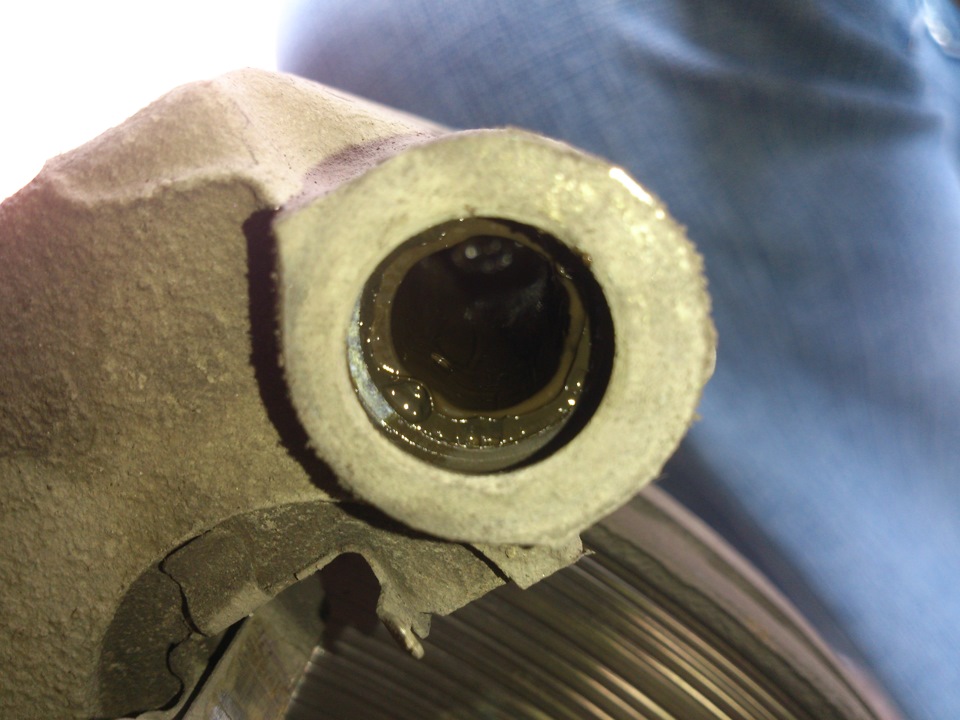
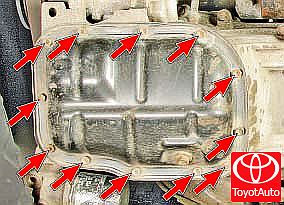
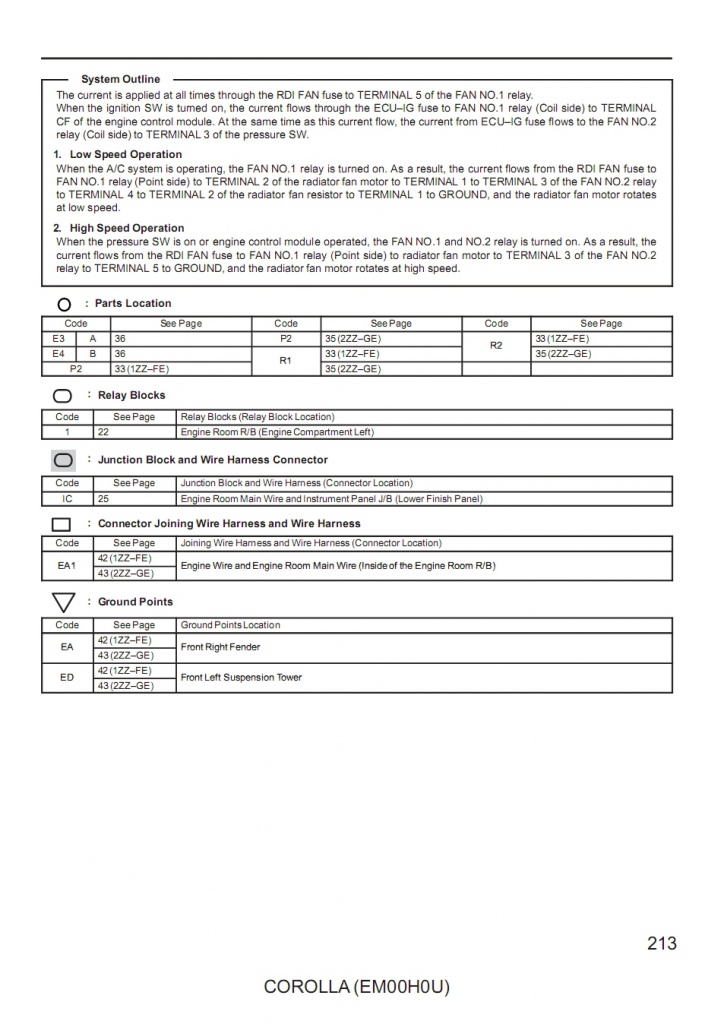
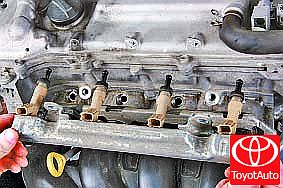
![E140/E150 [2006 - 2010]](/uploads/Toyota_Corolla_E140_2006_-_2010_.jpg)
